Ummm wtf o.o!
Computer simulations hint that a Mars-sized twin of Earth could be lurking somewhere in the solar system’s mysterious ‘third zone’! Let’s find it.
Ummm wtf o.o!
Computer simulations hint that a Mars-sized twin of Earth could be lurking somewhere in the solar system’s mysterious ‘third zone’! Let’s find it.

Tesla has been making participants in the “Full Self-Driving” beta test sign non-disclosure agreements, but CEO Elon Musk said Tuesday “we probably don’t need” them.
The reason? “There’s a lot of videos” being shared of the beta software in action, Musk said on Tuesday during the 2021 Code Conference. “People don’t seem to listen to me” and are “just ignoring it anyway.”
“I don’t know why there’s an NDA,” he said.
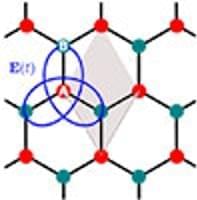
Electrons in two-dimensional hexagonal materials have an extra degree of freedom, the valley pseudospin, that can be used to encode and process quantum information. Valley-selective excitations, governed by the circularly polarized light resonant with the material’s bandgap, are the foundation of valleytronics. It is often assumed that achieving valley selective excitation in pristine graphene with all-optical means is not possible due to the inversion symmetry of the system. Here, we demonstrate that both valley-selective excitation and valley-selective high-harmonic generation can be achieved in pristine graphene by using a combination of two counter-rotating circularly polarized fields, the fundamental and its second harmonic. Controlling the relative phase between the two colors allows us to select the valleys where the electron–hole pairs and higher-order harmonics are generated. We also describe an all-optical method for measuring valley polarization in graphene with a weak probe pulse. This work offers a robust recipe to write and read valley-selective electron excitations in materials with zero bandgap and zero Berry curvature.
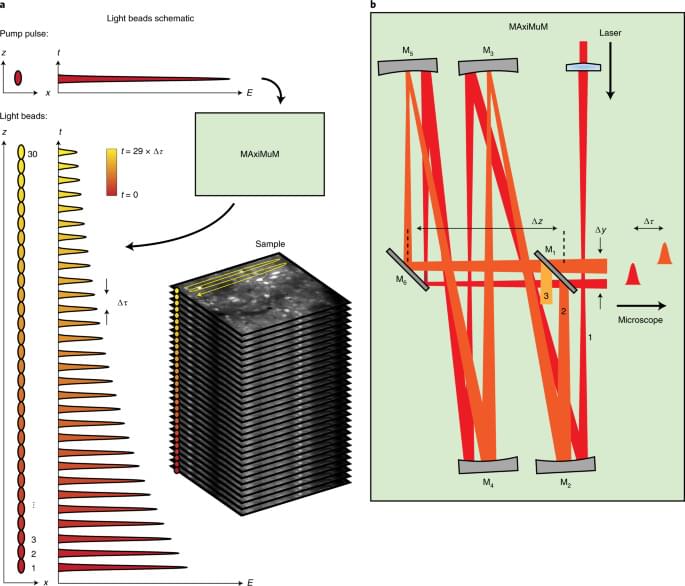

As part of a SpaceX Falcon 9 launch that will send a commercial Moon lander on its way to Earth’s nearest neighbor, rideshare organizer Spaceflight Inc and propellant depot startup OrbitFab have revealed plans for the first high Earth orbit propellant depot.
Known as “Tanker-002,” the co-developed spacecraft will technically be the first propellant depot – essentially a gas station in space – to reach a geostationary orbit ~36,000 km (~22,300 mi) above the Earth’s surface. Based around a variant of Spaceflight’s brand new Sherpa OTV space tug vehicles, OrbitFab hasn’t disclosed the planned capacity of its unique GEO depot but the public specifications of Sherpa suggest that the company will be able to deliver a few hundred kilograms (300−800 lb) of hydrazine accessible via several tiny docking ports.
However, Tanker-002 isn’t interesting solely for its unique position as a tanker in GEO. How Spaceflight and OrbitFab plan to get the small spacecraft into position will be a feat of engineering and trajectory design in its own right.
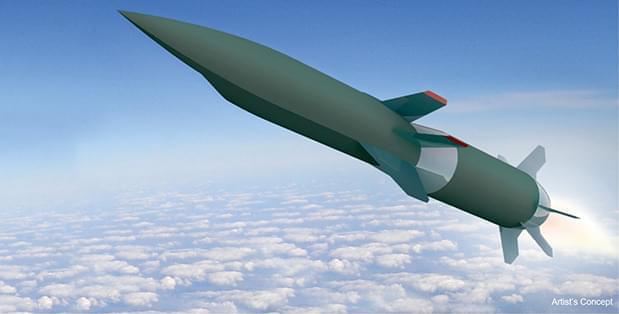
The Hypersonic Air-breathing Weapon Concept (HAWC) vehicle, developed under a partnership of the Air Force and the Defense Advanced Research Projects Agency, made a free flight the week of Sept. 20 a DARPA spokesman said, but most details are being withheld. The vehicle, which was built by Raytheon Technologies with a hypersonic engine built by Northrop Grumman, flew faster than Mach 5 but DARPA declined to say how long the vehicle flew.
The engine “kicked on” seconds after being released from an aircraft, which DARPA and the Air Force declined to identify, although DARPA expressed appreciation to “Navy flight test personnel.” The Navy has been conducting hypersonic missile research with F/A-18 aircraft.
The engine “compressed incoming air mixed with its hydrocarbon fuel and began igniting that fast-moving airflow mixture, propelling the cruiser at a speed greater than Mach 5,” DARPA said. In order for the scramjet engine to ignite, the vehicle must be moving at hypersonic speed, so a booster is used for that portion of the flight.

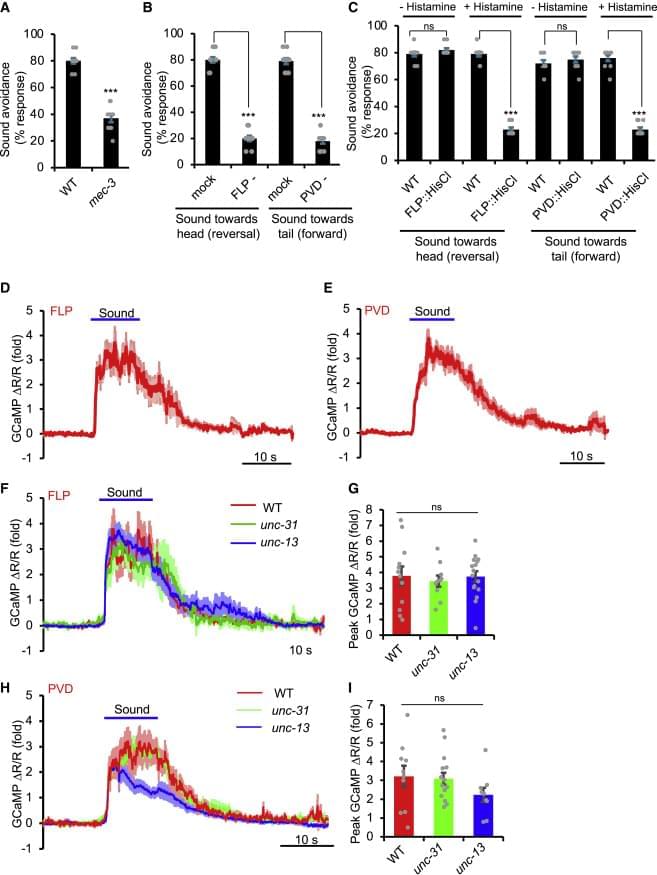
Hearing is thought to exist only in vertebrates and some arthropods, but not other animal phyla. Here, Xu and colleagues report that the earless nematode C. elegans senses airborne sound and engages in phonotaxis. Thus, hearing might have evolved multiple times independently in the animal kingdom, suggesting convergent evolution.
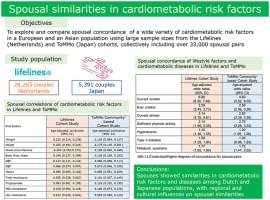
Few studies have examined and compared spousal concordance in different populations. This study aimed to quantify and compare spousal similarities in cardiometabolic risk factors and diseases between Dutch and Japanese populations.
Our minds rarely stay still when left alone. Such trains of thought, however, may unfold in vastly different ways. Here, we combined electrophysiological recording with thought sampling to assess four types of thoughts: task-unrelated, freely moving, deliberately constrained, and automatically constrained. Parietal P3 was larger for task-related relative to task-unrelated thoughts, whereas frontal P3 was increased for deliberately constrained compared with unconstrained thoughts. Enhanced frontal alpha power was observed during freely moving thoughts compared with non-freely moving thoughts. Alpha-power variability was increased for task-unrelated, freely moving, and unconstrained thoughts. Our findings indicate these thought types have distinct electrophysiological signatures, suggesting that they capture the heterogeneity of our ongoing thoughts.

Our minds rarely stay still when left alone. Such trains of thought, however, may unfold in vastly different ways. Here, we combined electrophysiological recording with thought sampling to assess four types of thoughts: task-unrelated, freely moving, deliberately constrained, and automatically constrained. Parietal P3 was larger for task-related relative to task-unrelated thoughts, whereas frontal P3 was increased for deliberately constrained compared with unconstrained thoughts. Enhanced frontal alpha power was observed during freely moving thoughts compared with non-freely moving thoughts. Alpha-power variability was increased for task-unrelated, freely moving, and unconstrained thoughts. Our findings indicate these thought types have distinct electrophysiological signatures, suggesting that they capture the heterogeneity of our ongoing thoughts.
Humans spend much of their lives engaging with their internal train of thoughts. Traditionally, research focused on whether or not these thoughts are related to ongoing tasks, and has identified reliable and distinct behavioral and neural correlates of task-unrelated and task-related thought. A recent theoretical framework highlighted a different aspect of thinking—how it dynamically moves between topics. However, the neural correlates of such thought dynamics are unknown. The current study aimed to determine the electrophysiological signatures of these dynamics by recording electroencephalogram (EEG) while participants performed an attention task and periodically answered thought-sampling questions about whether their thoughts were 1) task-unrelated, 2) freely moving, 3) deliberately constrained, and 4) automatically constrained.